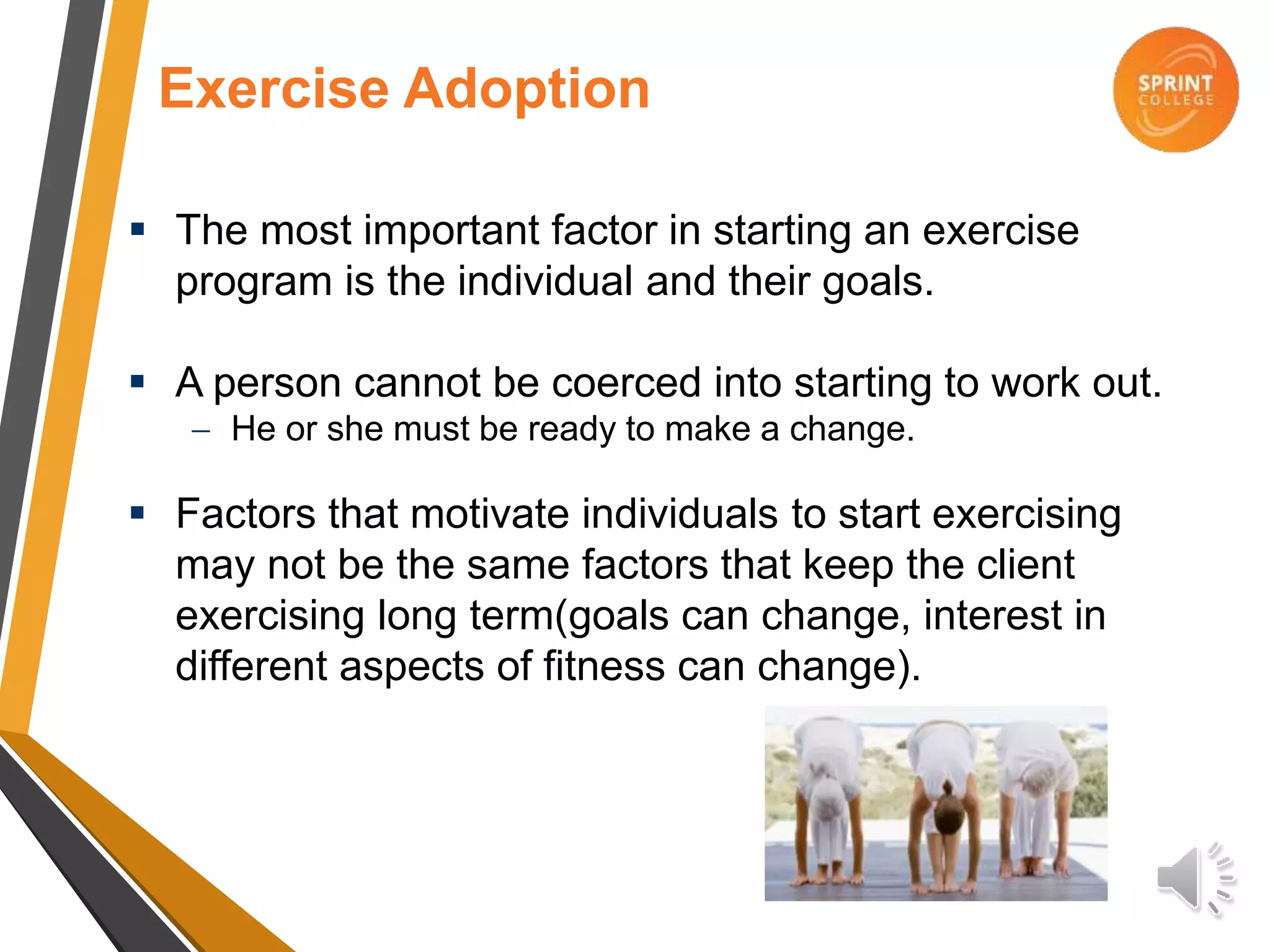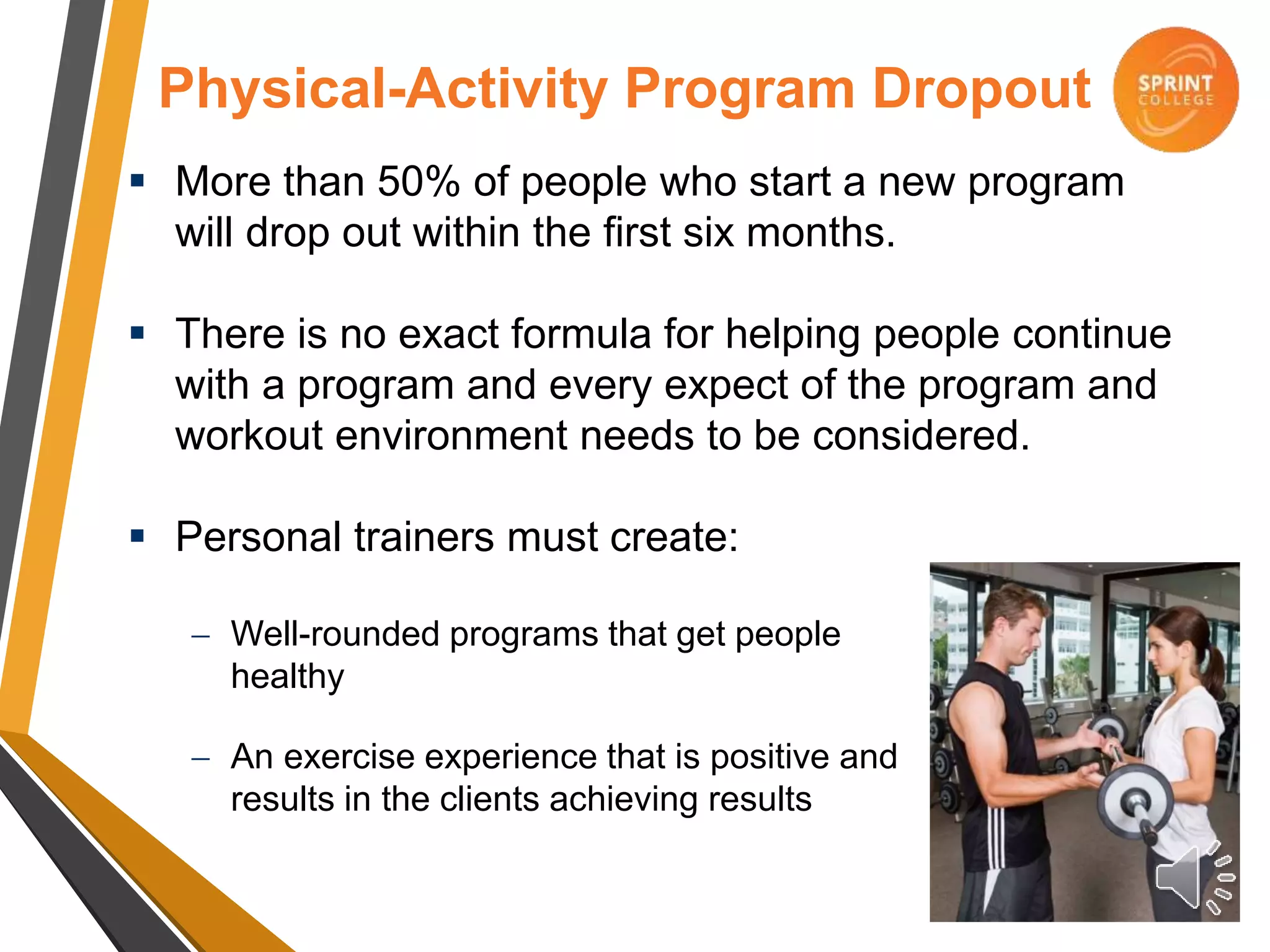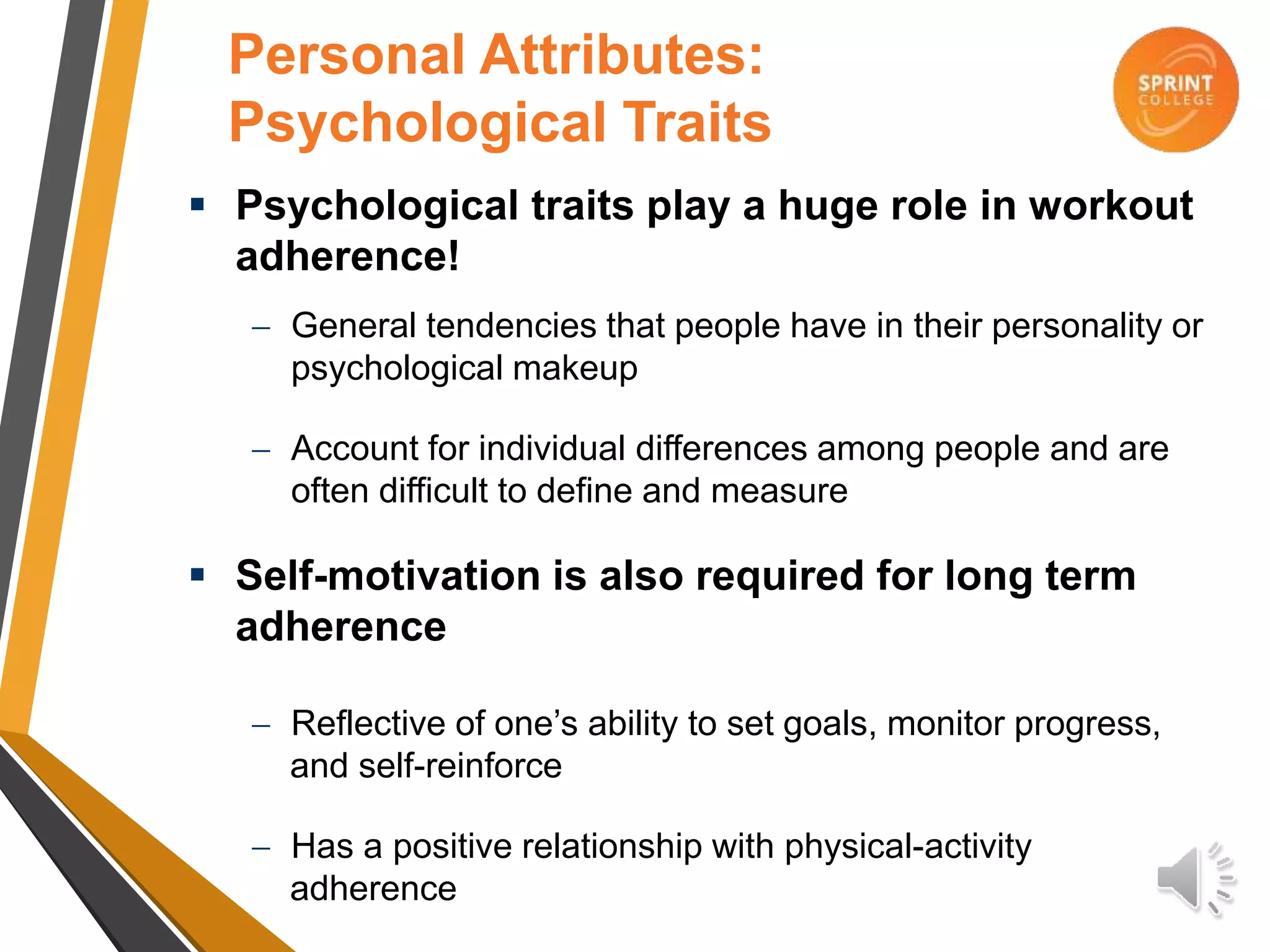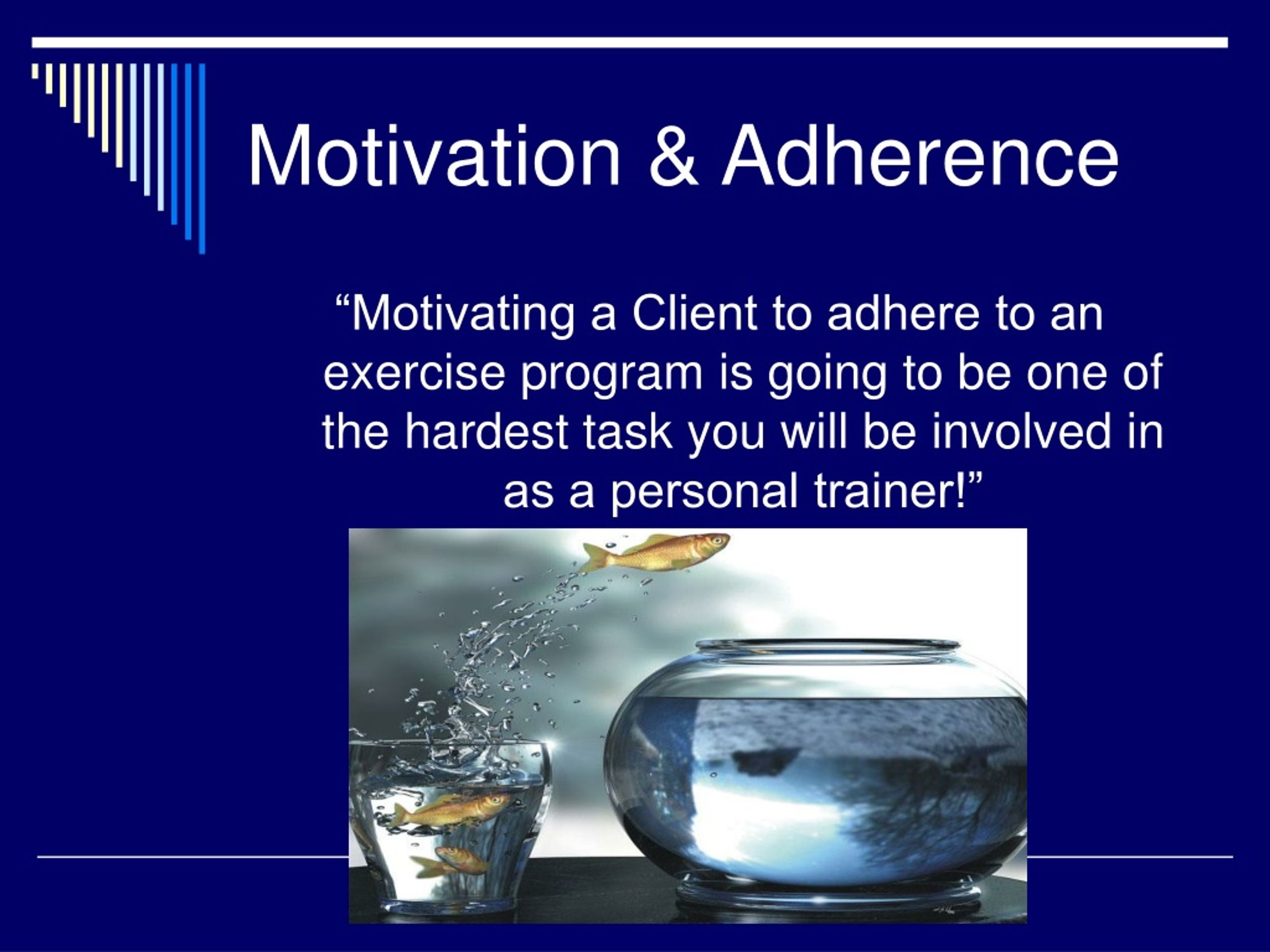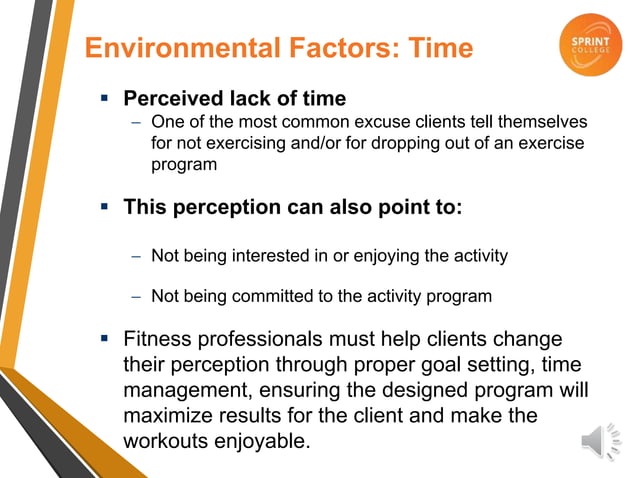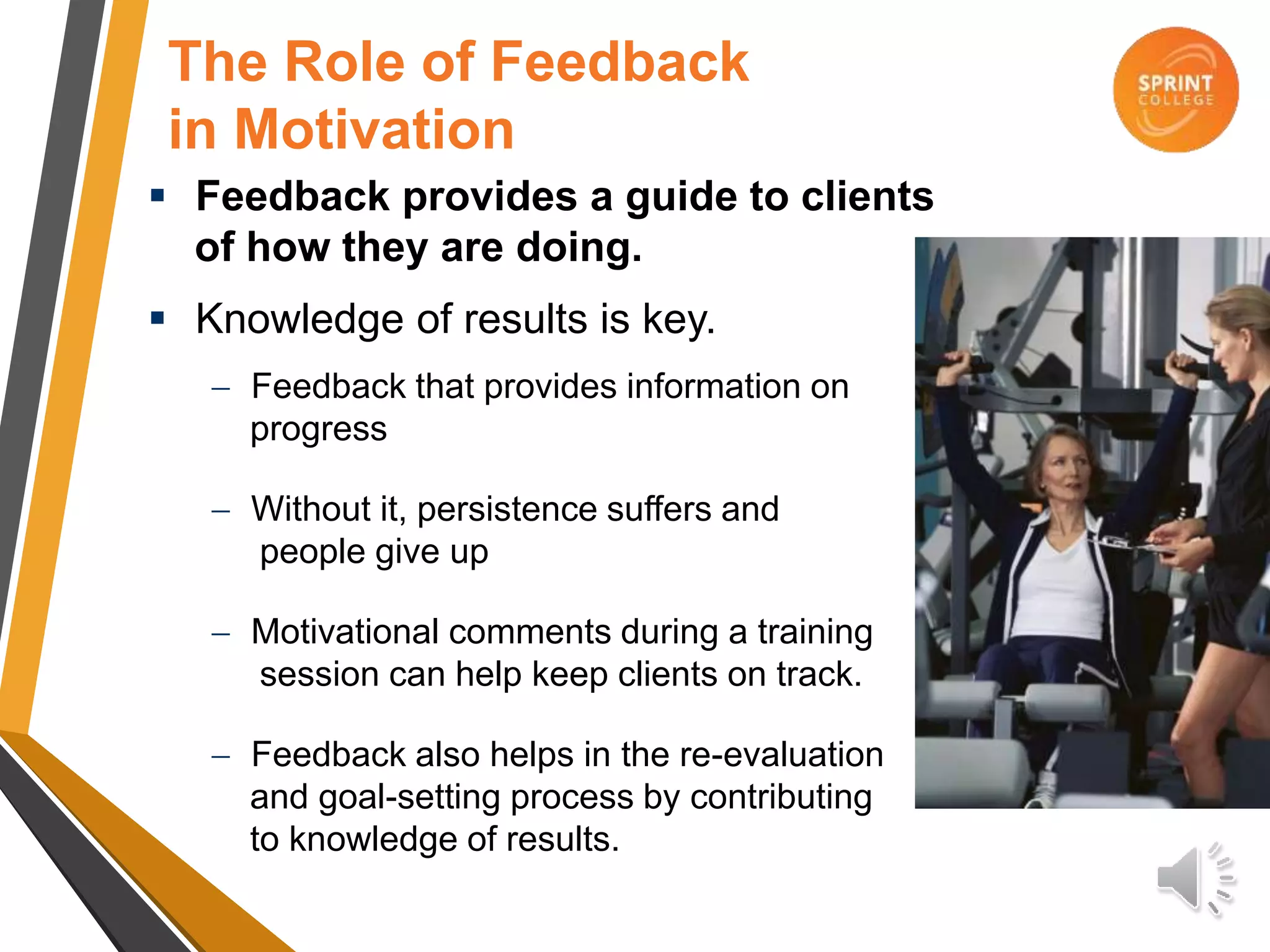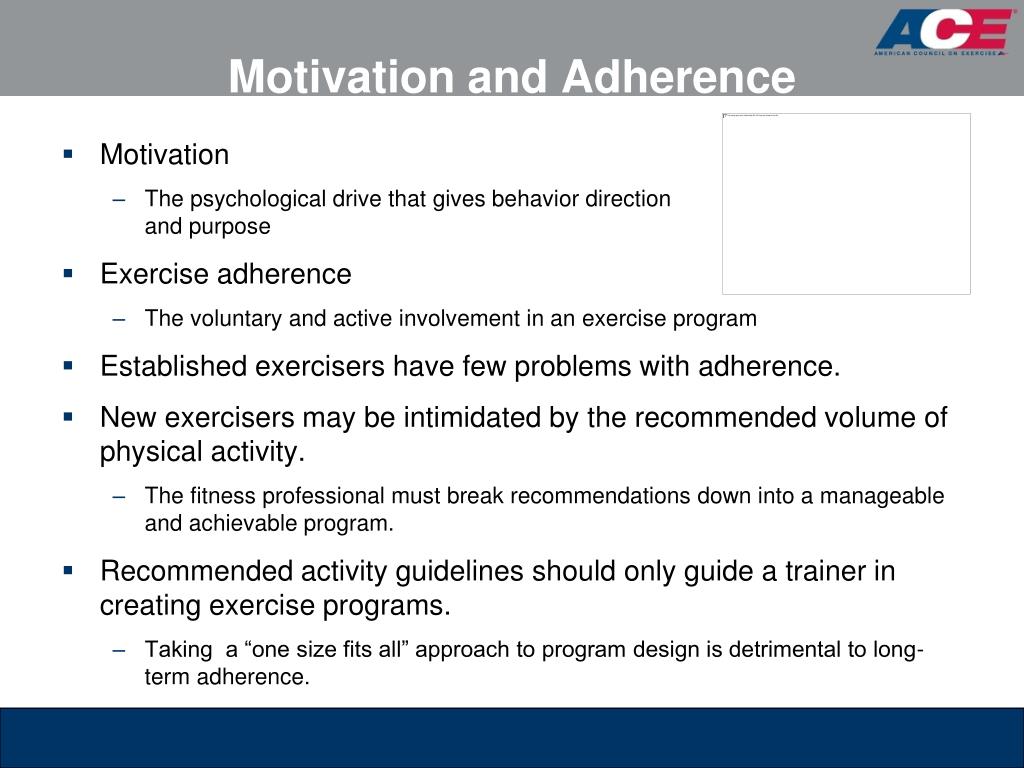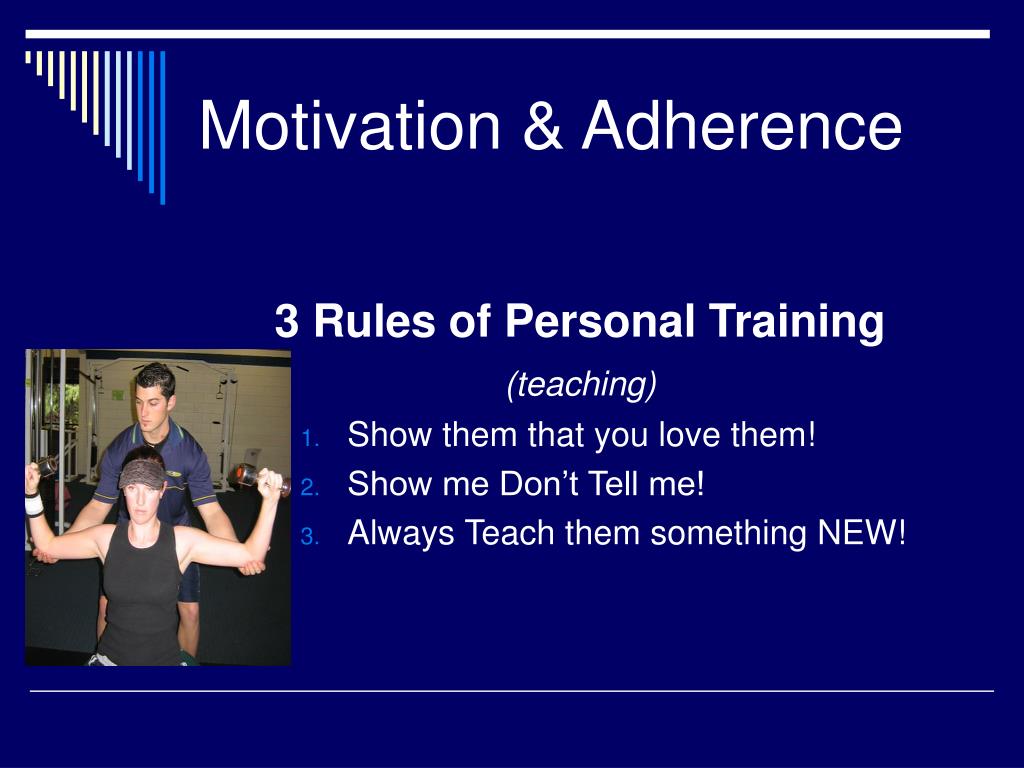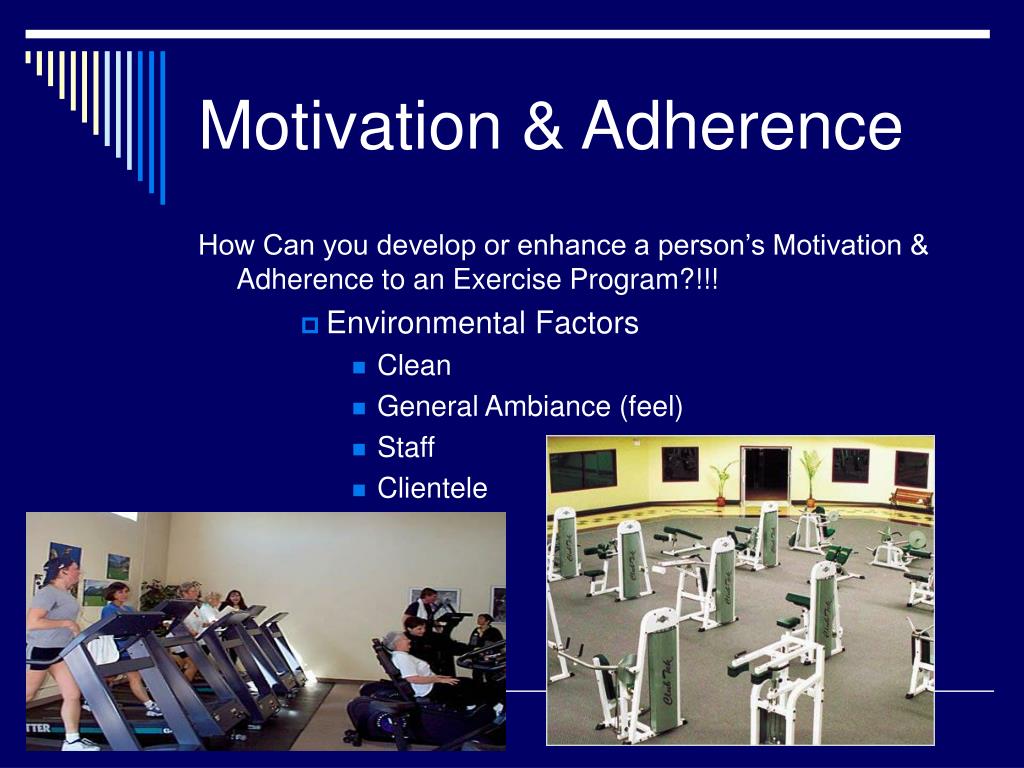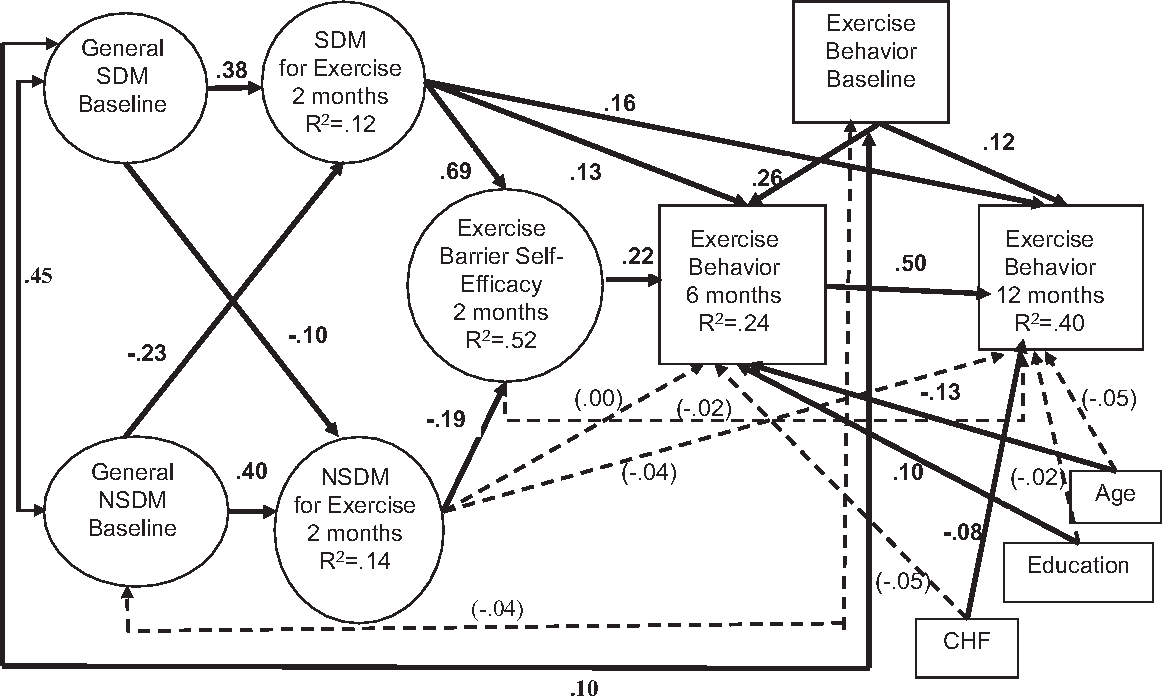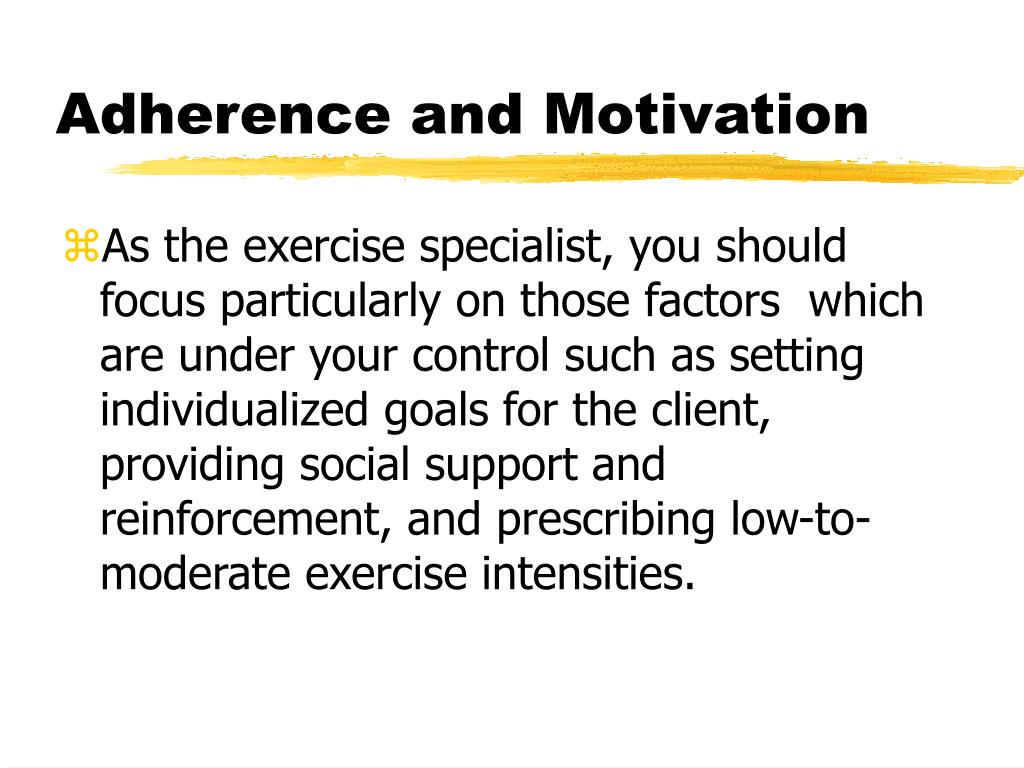Long-term Exercise Adherence Is Associated With Which Type Of Motivation

Imagine waking up, not with a groan, but with a gentle hum of anticipation. Sunlight streams through the window, beckoning you outside for a morning run. The air is crisp, the birds are singing, and your body feels ready to move. This isn't a forced march to the gym; it's a joyful engagement with your own well-being, fuelled by something deeper than fleeting resolutions.
This article delves into the heart of long-term exercise adherence and explores the crucial question: what type of motivation truly sustains us over the long haul? We'll uncover the science behind sticking with an exercise routine, moving beyond the superficial allure of quick fixes and examining the power of intrinsic motivation.
The Pitfalls of Extrinsic Motivation
For many, the initial spark for exercise comes from extrinsic motivation. These are external pressures, like wanting to lose weight for a wedding, fitting into a certain dress size, or keeping up with societal ideals.
While these motivators can jumpstart a fitness journey, they often prove unsustainable. Once the wedding is over, the dress fits, or the societal pressure wanes, the motivation dwindles, leading to a return to old habits.
Think of it like this: extrinsic motivation is like a sugar rush. It provides a quick burst of energy but inevitably leads to a crash.
The Power of Intrinsic Motivation
Intrinsic motivation, on the other hand, comes from within. It’s the inherent satisfaction and enjoyment derived from the activity itself. It’s about finding pleasure in the process, not just the outcome.
Examples of intrinsic motivators include the feeling of accomplishment after a challenging workout, the stress relief experienced during a yoga session, or the sheer joy of moving your body in nature. This is the difference between dreading a workout and looking forward to it.
Research consistently demonstrates that intrinsic motivation is a far more reliable predictor of long-term exercise adherence. A study published in the Journal of Sport & Exercise Psychology highlights the significant correlation between intrinsic motivation and sustained physical activity levels.
Understanding the Science
The science behind this is fascinating. When we engage in activities that we find inherently enjoyable, our brains release endorphins, natural mood boosters that create a sense of well-being.
This positive feedback loop reinforces the behavior, making us more likely to repeat it. Moreover, intrinsic motivation fosters a sense of autonomy and control, empowering individuals to take ownership of their fitness journeys.
According to Dr. Emily Carter, a leading sports psychologist at the University of California, Berkeley, "Individuals who are intrinsically motivated are more likely to view exercise as a choice, rather than a chore. This sense of agency is crucial for long-term adherence."
Cultivating Intrinsic Motivation
So, how can we cultivate intrinsic motivation for exercise? The key is to find activities that genuinely resonate with us. It's not about forcing yourself to run if you hate running.
Explore different options: swimming, dancing, hiking, cycling, weightlifting, yoga, team sports. The possibilities are endless. Experiment and discover what brings you joy.
Listen to your body and pay attention to what feels good. Don't be afraid to modify exercises or try new things until you find something you truly enjoy. Variety can also help prevent boredom and keep things interesting.
Setting Realistic Goals and Celebrating Progress
Setting realistic goals is another crucial step. Start small and gradually increase the intensity and duration of your workouts. Avoid comparing yourself to others; focus on your own progress.
Celebrate your achievements, no matter how small. Acknowledge and appreciate your efforts. Treat yourself to a healthy reward after reaching a milestone, such as a new workout outfit or a relaxing massage.
Focus on the process, not just the outcome. Appreciate the feeling of your body getting stronger, the increased energy levels, and the improved mood. These internal rewards are far more powerful than external validation.
The Role of Social Support
Social support can also play a significant role in fostering intrinsic motivation. Exercising with friends or joining a fitness community can provide a sense of belonging and accountability.
Sharing your experiences and celebrating your successes with others can further reinforce positive feelings and make exercise more enjoyable. Find a workout buddy or join a group fitness class that aligns with your interests.
Note, surrounding yourself with positive and supportive individuals can make a world of difference.
The Importance of Mindset
Finally, cultivate a positive mindset. View exercise as an opportunity to invest in your health and well-being, rather than a punishment or a chore. Focus on the benefits of exercise, such as reduced stress, improved sleep, and increased energy.
Practice self-compassion. Don't beat yourself up if you miss a workout or don't see results immediately. Be patient with yourself and remember that progress takes time.
Remind yourself why you started and what you hope to achieve. Visualize yourself reaching your goals and celebrate your progress along the way.
Beyond the Gym: Integrating Movement into Daily Life
Long-term exercise adherence isn't just about hitting the gym a few times a week. It's about integrating movement into your daily life. Find opportunities to be active throughout the day, such as taking the stairs instead of the elevator, walking or cycling to work, or gardening.
Small changes can make a big difference. Park further away from the entrance of the store, take a walk during your lunch break, or do some stretching while watching television.
By making movement a natural part of your routine, you'll be more likely to stick with it in the long run. Remember, every little bit counts.
Conclusion: A Journey, Not a Destination
Ultimately, long-term exercise adherence is a journey, not a destination. It's about finding activities that you genuinely enjoy and integrating them into your life in a sustainable way.
By focusing on intrinsic motivation, setting realistic goals, and cultivating a positive mindset, you can transform exercise from a chore into a joyful and rewarding experience. Embrace the process, celebrate your progress, and enjoy the journey to a healthier and happier you.
Remember, the goal is not to achieve perfection, but to cultivate a sustainable lifestyle that supports your physical and mental well-being. Find your joy, embrace the movement, and reap the rewards for years to come.
